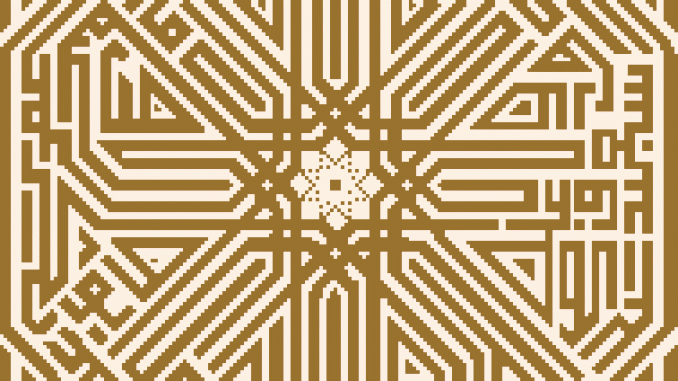
On one side, there is the central and principal unity that enlightens and rules it all; on the other side, the one who does not even suspect the existence of such a unity, and who gets lost in the labyrinth of a quest both chaotic and always confined in the periphery (René Guenon).
The center is the meaning and the substance; the periphery is the tangible form that it assumes. The city is the field in which the alternate movements among form and substance unfold; some centrifugal, other centripetal, all centrifocal, i.e. positioned towards a center. Living in the periphery is identifying with this distance toward a supposed center, casting one’s barycenter out of oneself. But on the surface of the earth there are no centers: actually, the sphere is the locus of the peripheries, being the only center inside the earth – any point on the surface is the center of its own world. To recognize this means to rectify the illusion of the circle, to break the opposition between periphery and center, the dependency of the latter from the center, the pressing gaze with which the supposed centers look upon “their” peripheries, as well as the identification of those who live in it with this projection. The merchant of the old village persuade the peasants and workers to subordinate to them: but there could be no center without peripheries, like substance that needs forms to express itself. So, the most pretentious megalopolis will be only a small village, little more than an emptiness, if it wasn’t for the suburbs and banlieues that enclose it up to the horizon; it is them who outline the real name of the city.